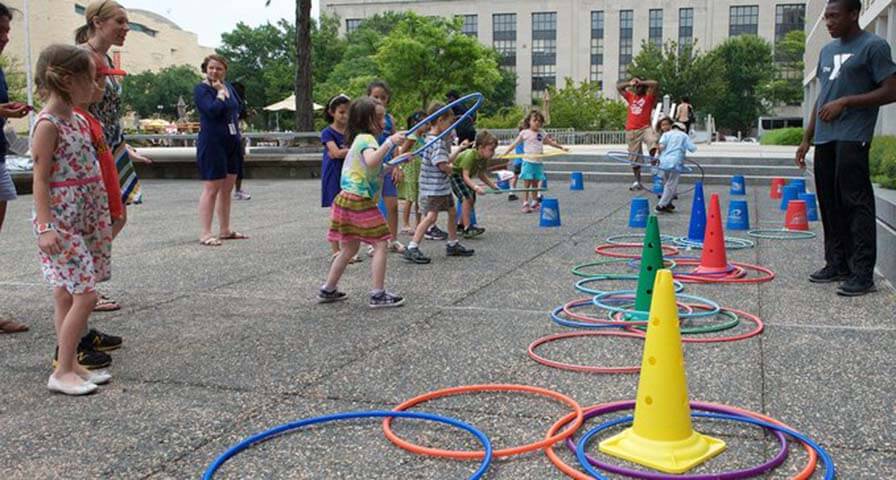Originally published Feb. 26, 2018 by Education Dive.
By Amelia Harper
Schools are paying more attention to the need to include physical fitness as experts like Charles Hillman, an advisor to the U.S. Department of Health and Human Services, say that evidence of the connection between fitness and brain function has mounted steadily over the years, according to the Hechinger Report.
In 2015, only 27% of high school students were getting the recommended number of minutes of daily exercise, and girls, Hispanic students, and black students received less exercise than white students, according to data from Child Trends.
Some school districts are trying new physical education approaches that are reaping results. In Fort Worth, for example, a school switched to four 15-minute periods of recess per day instead of one 20 minute session and saw a 25% to 35% decrease in off-task behaviors. And in Wisconsin, the state education department is now overseeing a program called Core 4+ (or “active kids, active classrooms) that features interventions to increase movement during the school day.
 Educators know that students want to move. A growing body of research shows that instead of spending the day teaching students to sit still, schools may be better served by teaching them to move more. This movement can come in the form of recess, physical education classes, sports, or school furniture designed to let students move.
Educators know that students want to move. A growing body of research shows that instead of spending the day teaching students to sit still, schools may be better served by teaching them to move more. This movement can come in the form of recess, physical education classes, sports, or school furniture designed to let students move.
Studies are proving that increased movement is beneficial for students. The Centers for Disease Control and Prevention released a list of physical fitness facts stating that “students who are physically active tend to have better grades, school attendance, cognitive performance (e.g., memory), and classroom behaviors (e.g., on-task behavior).” And, according to a 2013 study published in the U.S. National Library of Medicine, “Although decreasing BMI for an overweight or obese child undoubtedly improves overall health, results indicated all students benefit academically from being aerobically fit regardless of weight or free/reduced lunch status. Therefore, to improve academic performance, school systems should focus on the aerobic fitness of every student.”
Other studies point to the social-emotional benefits and mental health benefits of physical education. By timing physical education before lunch, other studies show that student nutrition can improve as well. After years of federal programs that prioritized testing, the Every Student Succeeds Act provides additional funding for fitness, encouraging schools to carefully examine their approaches to physical education and find ways to incorporate fitness into school schedules. Such approaches not only benefit students while they are at school, but they also help establish life-long habits that benefit them in the long run.
Seeking IHT Spirit System information?




